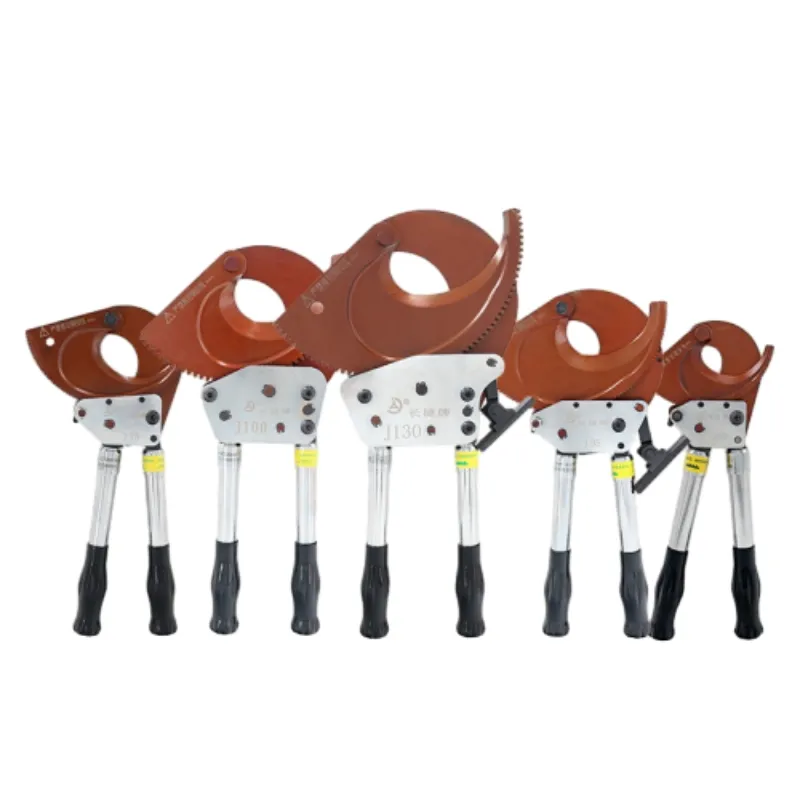
-
 Afrikaans
Afrikaans -
 Albanian
Albanian -
 Amharic
Amharic -
 Arabic
Arabic -
 Armenian
Armenian -
 Azerbaijani
Azerbaijani -
 Basque
Basque -
 Belarusian
Belarusian -
 Bengali
Bengali -
 Bosnian
Bosnian -
 Bulgarian
Bulgarian -
 Catalan
Catalan -
 Cebuano
Cebuano -
 Corsican
Corsican -
 Croatian
Croatian -
 Czech
Czech -
 Danish
Danish -
 Dutch
Dutch -
 English
English -
 Esperanto
Esperanto -
 Estonian
Estonian -
 Finnish
Finnish -
 French
French -
 Frisian
Frisian -
 Galician
Galician -
 Georgian
Georgian -
 German
German -
 Greek
Greek -
 Gujarati
Gujarati -
 Haitian Creole
Haitian Creole -
 hausa
hausa -
 hawaiian
hawaiian -
 Hebrew
Hebrew -
 Hindi
Hindi -
 Miao
Miao -
 Hungarian
Hungarian -
 Icelandic
Icelandic -
 igbo
igbo -
 Indonesian
Indonesian -
 irish
irish -
 Italian
Italian -
 Japanese
Japanese -
 Javanese
Javanese -
 Kannada
Kannada -
 kazakh
kazakh -
 Khmer
Khmer -
 Rwandese
Rwandese -
 Korean
Korean -
 Kurdish
Kurdish -
 Kyrgyz
Kyrgyz -
 Lao
Lao -
 Latin
Latin -
 Latvian
Latvian -
 Lithuanian
Lithuanian -
 Luxembourgish
Luxembourgish -
 Macedonian
Macedonian -
 Malgashi
Malgashi -
 Malay
Malay -
 Malayalam
Malayalam -
 Maltese
Maltese -
 Maori
Maori -
 Marathi
Marathi -
 Mongolian
Mongolian -
 Myanmar
Myanmar -
 Nepali
Nepali -
 Norwegian
Norwegian -
 Norwegian
Norwegian -
 Occitan
Occitan -
 Pashto
Pashto -
 Persian
Persian -
 Polish
Polish -
 Portuguese
Portuguese -
 Punjabi
Punjabi -
 Romanian
Romanian -
 Russian
Russian -
 Samoan
Samoan -
 Scottish Gaelic
Scottish Gaelic -
 Serbian
Serbian -
 Sesotho
Sesotho -
 Shona
Shona -
 Sindhi
Sindhi -
 Sinhala
Sinhala -
 Slovak
Slovak -
 Slovenian
Slovenian -
 Somali
Somali -
 Spanish
Spanish -
 Sundanese
Sundanese -
 Swahili
Swahili -
 Swedish
Swedish -
 Tagalog
Tagalog -
 Tajik
Tajik -
 Tamil
Tamil -
 Tatar
Tatar -
 Telugu
Telugu -
 Thai
Thai -
 Turkish
Turkish -
 Turkmen
Turkmen -
 Ukrainian
Ukrainian -
 Urdu
Urdu -
 Uighur
Uighur -
 Uzbek
Uzbek -
 Vietnamese
Vietnamese -
 Welsh
Welsh -
 Bantu
Bantu -
 Yiddish
Yiddish -
 Yoruba
Yoruba -
 Zulu
Zulu


Dec . 17, 2024 14:12 Back to list
manual chain hoist 2 ton
Understanding Manual Chain Hoists A Focus on the 2-Ton Model
Manual chain hoists are essential tools in various industries, often utilized for lifting heavy objects with ease and precision. Among the options available, the 2-ton manual chain hoist stands out for its balance of strength, portability, and user-friendliness. This article delves into the fundamental features, applications, safety considerations, and maintenance of a 2-ton manual chain hoist.
Features of a 2-Ton Manual Chain Hoist
A manual chain hoist operates through a simple yet effective mechanism, utilizing a chain and pulley system to lift or lower heavy loads. The 2-ton model is specifically designed to handle weights up to 2,000 kilograms, making it suitable for various heavy-duty tasks. Key features often include
1. Robust Construction Typically made from high-grade steel, the frame and components of the hoist ensure durability and longevity, even under strenuous conditions.
2. Gear Ratio Many models have a favorable gear ratio that allows for easier lifting, enabling operators to minimize physical strain while maximizing efficiency.
3. Safety Mechanisms A reliable chain hoist will come equipped with safety features such as an automatic brake system that engages when the load is suspended, preventing accidental drops.
4. Portability Manual chain hoists are often designed to be lightweight and compact, which facilitates easy transporting and handling on job sites.
5. Versatility The 2-ton model can be used in various environments, from construction sites to warehouses, making it a versatile addition to any lifting equipment arsenal.
Applications
The applications of a 2-ton manual chain hoist are extensive. Common uses include
- Construction Hoists are used to lift heavy construction materials, such as beams, blocks, and equipment, to elevated positions safely and efficiently. - Manufacturing In industrial settings, these hoists assist in moving large parts along assembly lines or positioning components for assembly.
- Warehousing Manual chain hoists are effective for loading and unloading items, making them invaluable in logistics and storage facilities
.manual chain hoist 2 ton

- Mining and Shipbuilding In these demanding industries, the stability and strength of a manual chain hoist allow for safe handling of heavy machinery and materials.
Safety Considerations
When using a manual chain hoist, safety should always be the top priority. Here are several critical safety tips to consider
1. Inspection Before use, conduct a thorough inspection of the hoist, checking for wear, damage, or malfunctioning parts. Regular maintenance is crucial for safe operation.
2. Load Limits Always adhere to the load capacity of the hoist. Overloading can lead to equipment failure and pose significant safety risks.
3. Proper Rigging Ensure that loads are securely rigged and balanced before lifting. Unstable loads can shift during lifting, leading to accidents.
4. Training Ensure that all operators are trained in the proper use of the hoist, including understanding its mechanisms and safety features.
Maintenance
Regular maintenance is key to the longevity and safe operation of a 2-ton manual chain hoist. This includes
- Lubricating moving parts to reduce friction and wear. - Regularly checking the chain for signs of stretching or damage. - Operating the hoist in a clean environment to prevent contamination of moving parts.
Conclusion
A 2-ton manual chain hoist is an indispensable tool in various industries, offering a combination of strength, reliability, and versatility. By understanding its features, safe usage practices, and maintenance requirements, operators can ensure efficient and safe lifting operations, ultimately enhancing productivity and safety in their work environments. Whether in construction, manufacturing, or warehousing, investing in a quality manual chain hoist can significantly streamline heavy lifting tasks.
Latest news
What Are Construction Tools and How Are They Used?
NewsJul.11,2025
Professional-Grade Duct Rodding Tools for Superior Cable Installation
NewsJul.11,2025
Enhancing Safety and Efficiency with Modern Hot Stick Solutions
NewsJul.11,2025
Empowering Cable Installation with Advanced Rodder Solutions
NewsJul.11,2025
Elevate Your Cable Installation Projects with Cable Pulling Tools
NewsJul.11,2025
Efficient Cable Handling Solutions: Cable Rollers for Sale
NewsJul.11,2025











